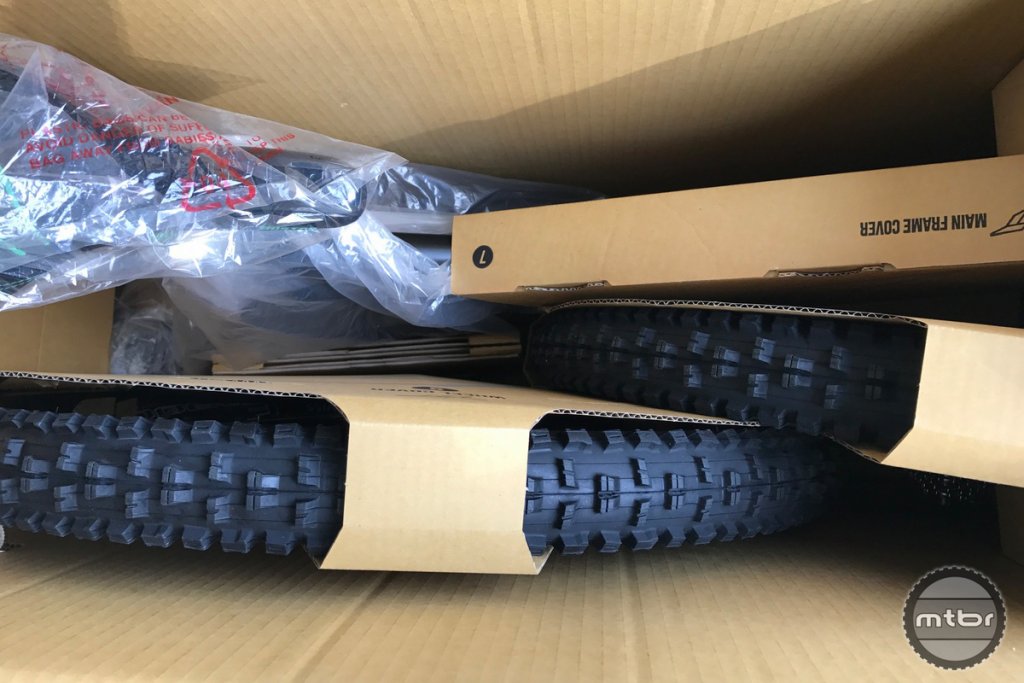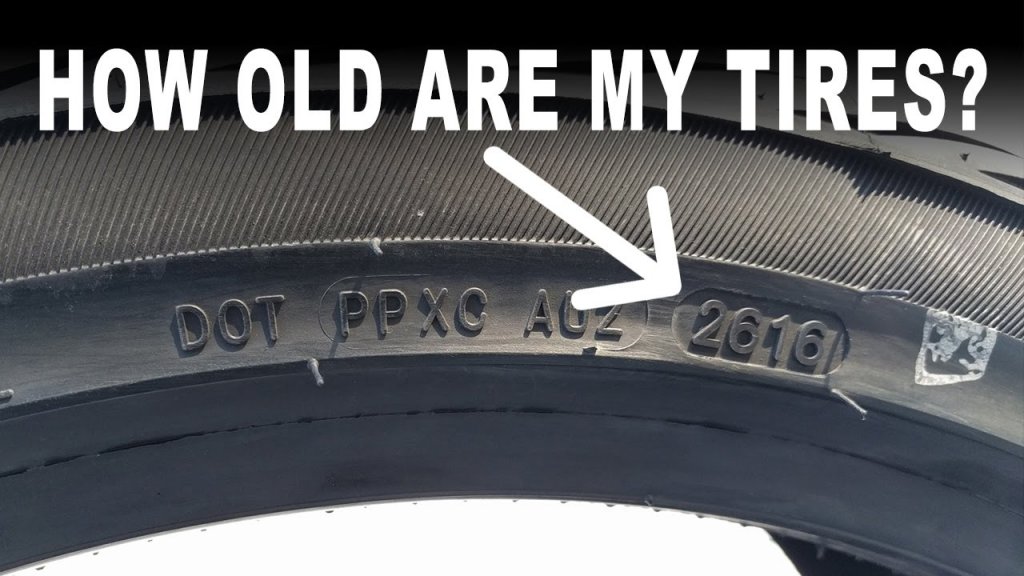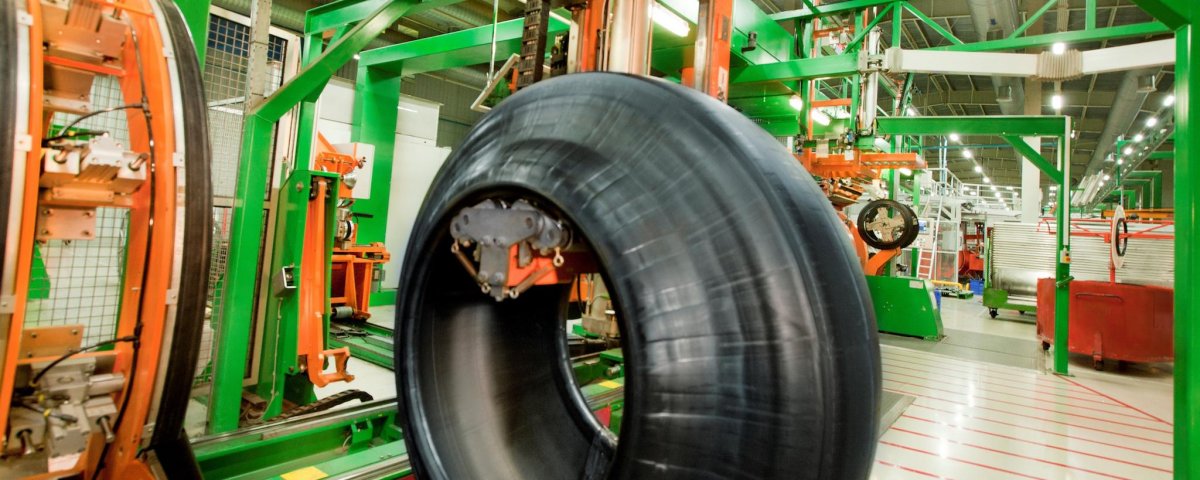ETRMA provided the general “Industrial guidelines on traceability of materials and articles for food contact” when contacted by email. Their GMP document that specifically deals with rubber (and lays out the minimum requirements for producing FCM) is included in these industrial guidelines. A second document is prepared by the Council of Europe.
The traceability outlines the key factors involved in ensuring traceability
Rubber ETRMA Raw materials
Incoming starting materials need to be supplied with information given by the relevant supplier. This information details the name of the supplier, type (grade) of starting material, location, date and batch number of production, any documents certifying that they comply with any other required legislation (for example for plastics) and documents containing any agreed upon attributes.
Some information provided but lacking information about the GMP requirements of raw materials suppliers and the purity criteria of raw materials.
Rubber ETRMA Quality Assurance
Adequacy of the personnel:
Personnel employed must be adequately qualified and undergo further training wherever necessary Organisation of the premises and equipment:
Manufacturing sites should be designed and constructed to permit cleanliness, tidiness and prevent contamination.
Rubber components, containers and finished products shall at all times be handled and stored so as to prevent contamination.
Batch segregation needs to be possible during storage.
1. Machinery and tools
Equipment used must perform in accordance with its intended use and must be of appropriate design, adequate size and suitably located to enable its cleaning and maintenance.
Any measuring equipment needs to be of an appropriate range with adequate precision and needs to undergo calibration on a regular, scheduled basis, with results being recorded.
Production equipment should not present any hazard to the products and any parts of production equipment that come into contact with the product should not be reactive, additive or absorptive to an extent that would affect the quality of the product.
2. Manufacturing processes
All manufacturing processes need to be clearly defined, systematically reviewed and shown to consistently manufacture rubber products of adequate quality.
Contamination of a starting material or a product by another material or product (gases, vapours, dust, sprays etc…) needs to be avoided and the successes of methods in place to avoid contamination need to be monitored
Before starting a new processing operation, steps should be taken to ensure nothing remains from previous operations.
Any in-process controls carried out should not affect the quality of the product and should be recorded.
Where appropriate, there needs to be procedures designed to assure that correct labels, labelling and packaging materials are used for rubber products.

All the necessary precautions are in place to ensure that mix-ups, damage, deterioration and contamination do not occur during the handling stage
If a product deteriorates over time, it shall be stored in such a manner so as to reduce this deterioration and its condition shall be assessed as appropriate.
Manufacturing processes are clearly defined and controlled, with all critical processes being validated to ensure consistency and compliance with specifications.
Suitable storage and transportation facilities are required
Presence of pre-established instructions for the procedures:
Require documentation that defines the specifications for manufacture and control of all materials and components so that personnel know what to do and when it needs to be done, to ensure authorised persons the information to decide whether or not to release a batch of rubber and to provide a trail/traceability in case of defective batches.
Instructions and procedures are written in clear and unambiguous language
Records are kept of manufacturing that demonstrates that all steps required in the process are carried out.
The document available to personnel must be the most up-to-date one.
Very detailed information provided on the key aspects of the QA system.
Rubber ETRMA Quality Control
Monitoring the implementation and achievement of GMP:
Batch identity of raw materials, components, semi-finished products, finished products should be maintained all along the storage and production operations.
Need an adequate traceability system in operation too.
Use of vendor certification, which is a system that assures that a supplier’s product is produced under controlled conditions, which results in a product of consistent quality. This system is based on the principle of defect prevention and not defect identification and reduces the need for the final customer to verify the product. This certification system is a supplier-customer partnership, which can only be successful if both are involved.
Records and relevant standard operating procedures should be kept for at least one year after distribution of the batch, or if appropriate, for a year after the expiry date of the product.

The QC system needs to be independent from the manufacturing process
The responsibility for approval of all raw materials, packaging materials and finished products lies within the QC department. It is therefore very important that they perform adequate controls in order to guarantee the quality of the finished product. Corrective measures to remove any inefficiencies and non-compliance:
There needs to be a procedure in place to handle all written and oral complaints regarding a rubber product, which shall be followed whenever necessary.
Any returned rubber products shall be labelled as such, pending a decision on subsequent actions to be taken (destruction, examination, testing etc.) following an investigation of the defects is carried out. Following such an incident, appropriate measures need to be taken to prevent a repeat of the problem.
There is a procedure to recall any batch of rubber product from sale or supply if needed
Traceability of materials and articles should be ensured at all stages in order to facilitate the control, product recall, consumer information and the attribution of responsibility. This means that businesses need to have in place systems that help with the identification of the businesses to and from which materials and articles are supplied to and procured from (with this information being made available to the competent authorities if requested).
Any materials placed on the market shall be identifiable, which allows their traceability.
Upstream producers require the manufacturer’s name and address, details on the location and date of production, article number or product name and the production date and identification of the product.
Some information but guidance on documents required is lacking completely and more detailed information on the importance of ensuring mix-up and contamination of products, intermediates and raw materials does not occur. Good information on the importance of traceability and dealing with non-conformant products.

